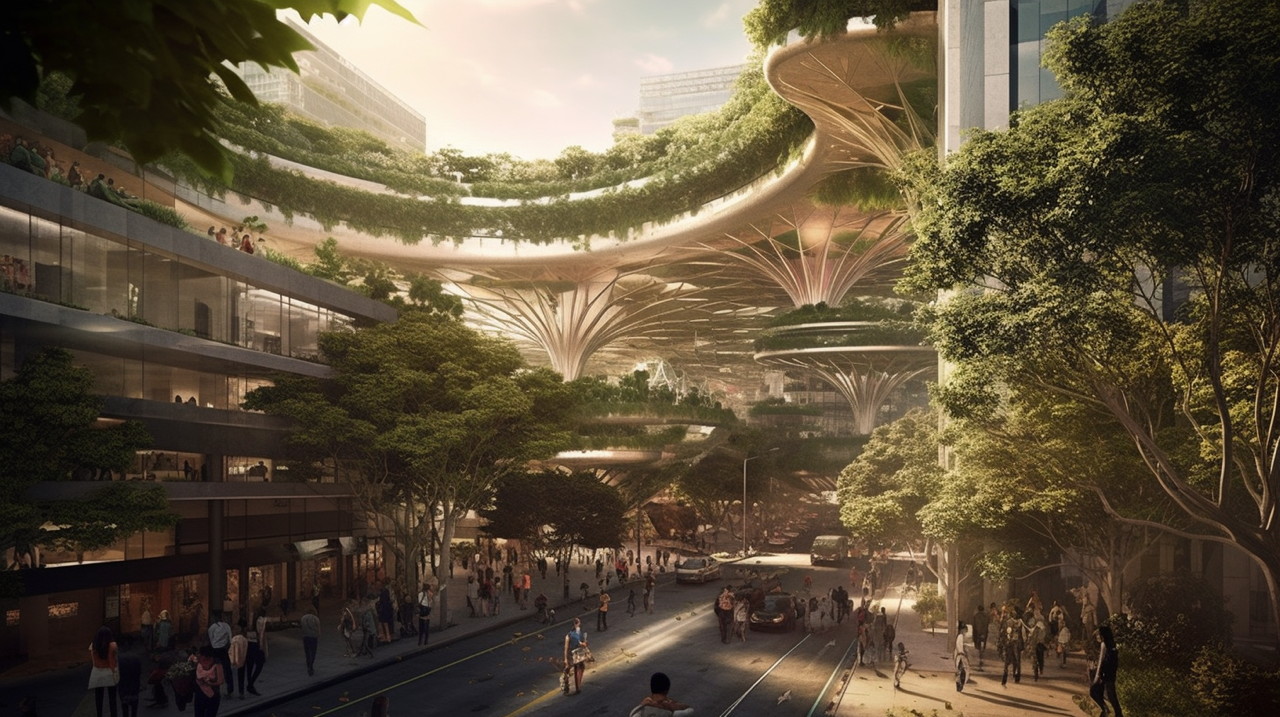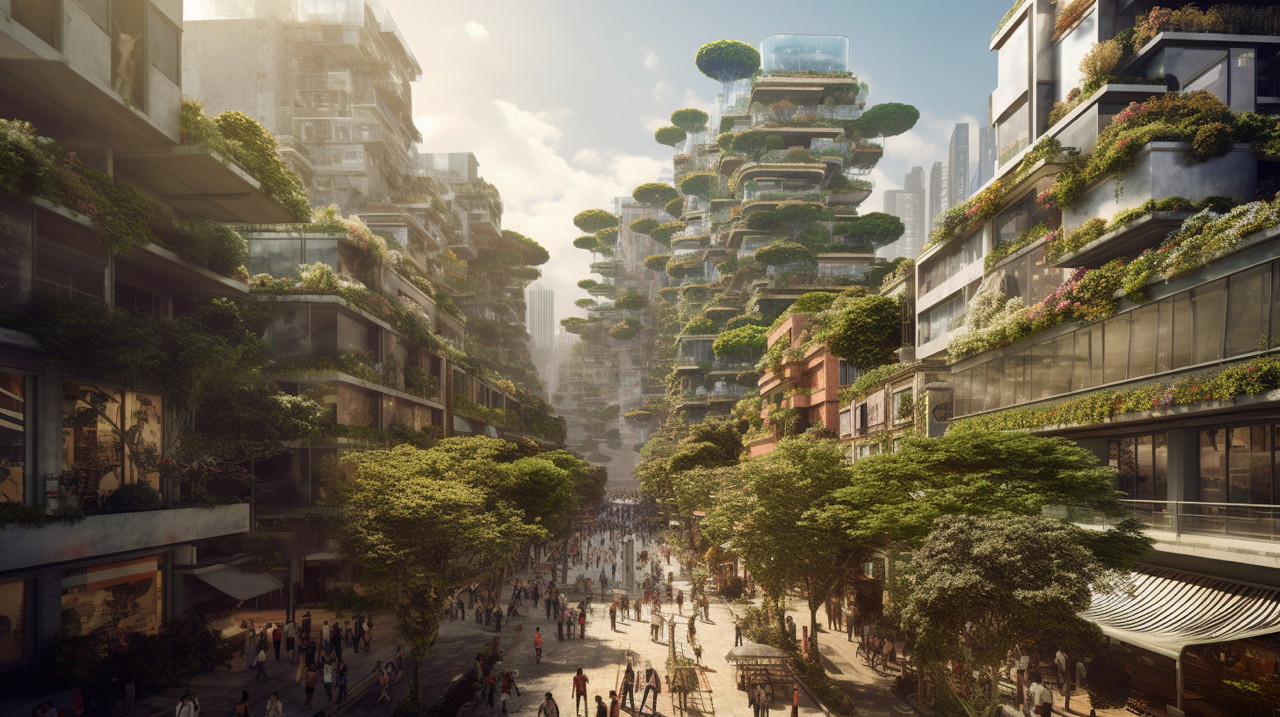
Artificial intelligence has long been an intriguing experiment in my professional life. However, it has taken a more central role over the past five years in my work. Specifically, it has become a central element in my critique of the discourse surrounding technology and intelligent systems.
I have to be honest, I wasn’t expecting such a jump forward in technology this soon, this intense. But what surprises me the most is the generative potential of these technologies and how they can be used to amplify our imagination and our creativity.
My journey with generative design began in 2009. First, in collaboration with Ambroise Maupate, using Processing, we employed real-time feedback systems to transform static elements into living art forms. One example is using ambient sound in our work environment to modify our logo. Later and still in collaboration with him, I developed a generative identity system capable of over 100,000 permutations, each creating a unique logo for the EPFL.
The rise of AI tools such as Dall-E, Midjourney, and Chat-GPT has precipitated a radical change in the landscape of creativity and experimentation. My creative process, particularly in generative art, has been reinvigorated by these technologies. Even if I miss the removal of its emoji-based feedback system, Midjourney’s interface remains deceptively simple yet powerfully effective, proving ideal for explorations in generative art. I find the process of re-rolling identical prompts for long cycles of feedbacks to the AI is a particularly powerful process.

The innovation potential is immense, yet the implications of this threshold are still to be fully understood and unpacked. It calls for a recontextualization of our cognitive and epistemic faculties, a humble intellectual and creative recalibration in the face of these emerging capabilities. Like I often say about technological change, you can’t see the whole wave while riding it. Pretending to possess the necessary critical distance while experimenting with new and powerful technology is dangerous.
My primary goal is to practice design and creative work with these tools and to deepen my understanding of them. To effectively use AI generation tools, I need to learn the art of prompting and improve my capacity to learn from my mistakes and limitations. Additionally, it is crucial to foster a network of exchange with fellow designers, promoting a culture of collaboration and mutual learning. In this regard, my conversations with the painter, long-time design mentor and friend Alberto Russo have been stimulating.
When working with MidJourney, my preferred tool for image generation, I consciously avoid pursuing flawless and perfect photographic image replication. Instead, I leave my images untouched, allowing the AI’s quirks and imperfections to shine. This makes my kids laugh a lot. But it creates a distinctive experimental and new-aesthetic vibe. This signature style bears the hallmarks of its unconventional creative process.

The future isn’t on Unsplash
This feeling has motivated my use of AI to visualize and question preferable futures. Although this is not so simple, with the risk on falling in the Sci-Fi cliché. Despite AI’s inherent biases, rooted in structural imbalances in the real world, we can repurpose these systems to yield the impossible and the new.
Chat GPT
In parallel, Chat GPT has proved an invaluable tool in my research work. As a research assistant, it has liberated countless hours formerly spent on Google Scholar, bookmarking URLs, highlighting snippets and referencing. My use of Google Search has probably been reduced by 75%, Also, it has significantly enhanced my text structuring and optimization abilities, improving grammar and flow for tasks that Grammarly isn’t very good at.